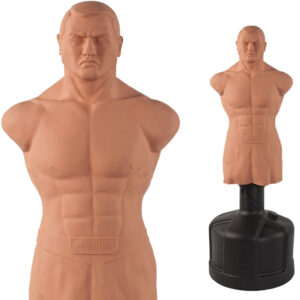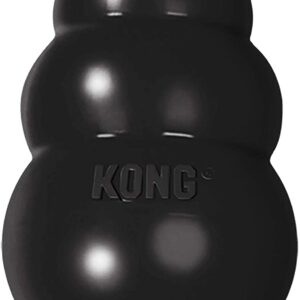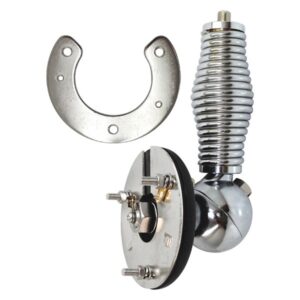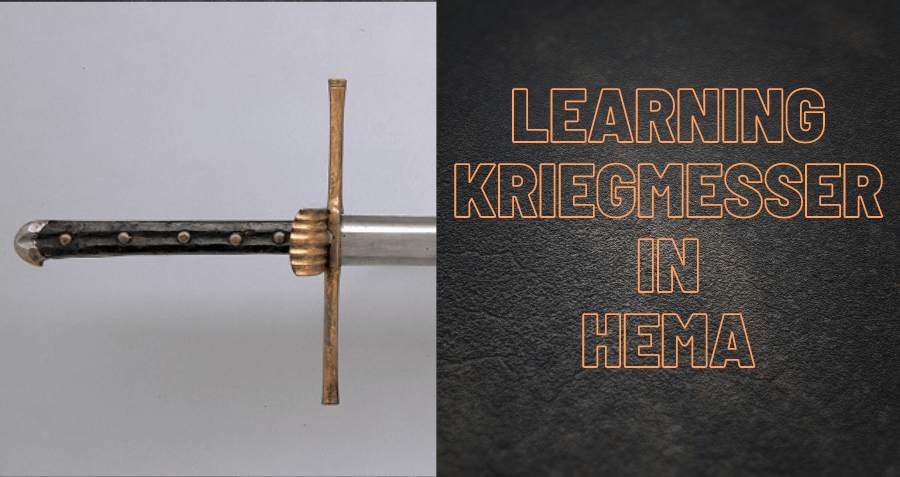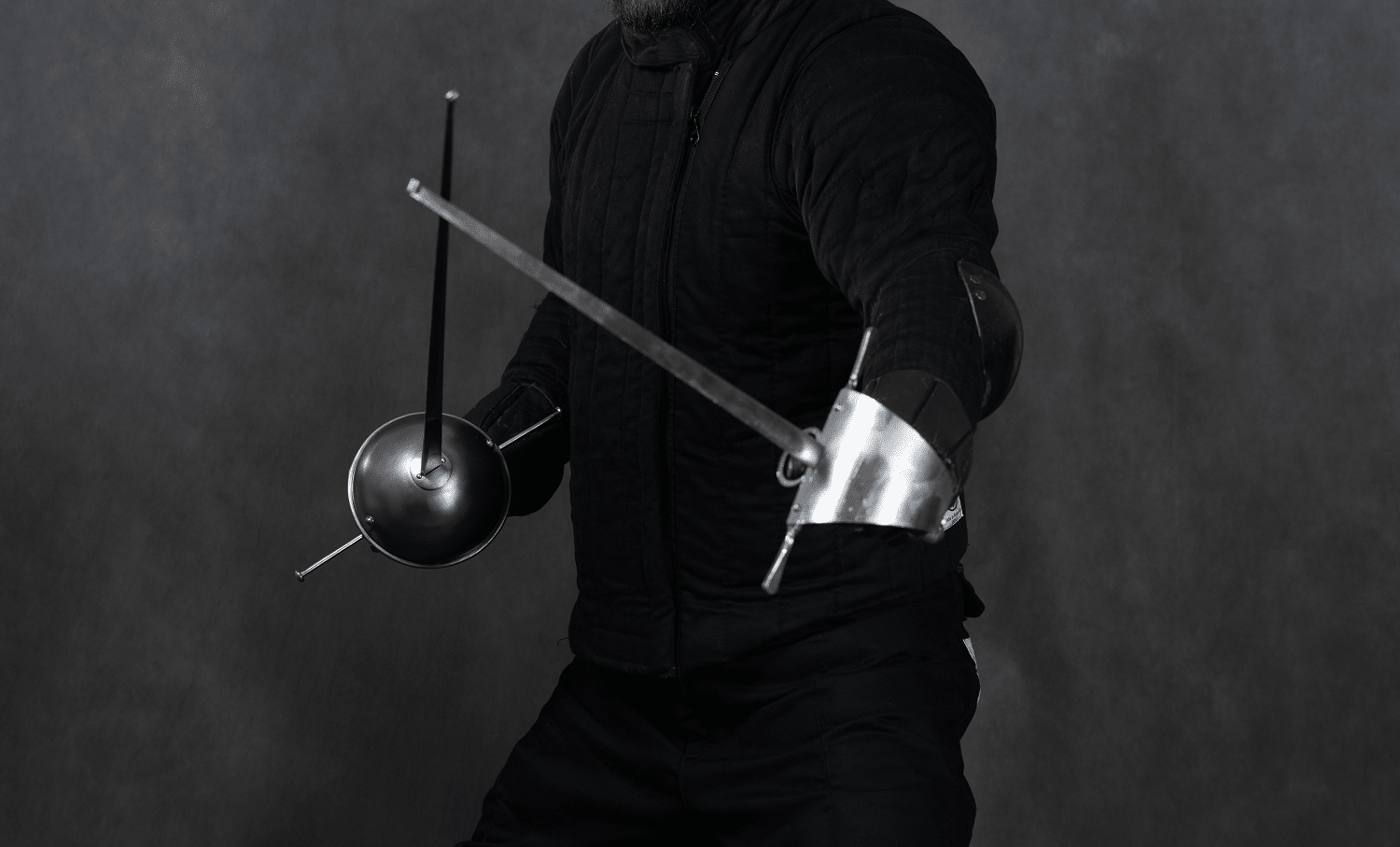As the COVID epidemic has shut down many HEMA clubs and forced instructors to focus teaching virtual workshops and classes, there has been renewed surge of interest in how to construct fencing dummies and pells for historical European Martial arts training (HEMA). To assist others with their own construction efforts we have written this short guide that describes some of the best ways to design a pell or dummy for solo HEMA medieval sword practice training.
What is the Difference Between a Medieval Sword Practice Dummy and a Sword Pell?
The difference between a medieval sword practice dummy and a sword pell is that a pell is just a solid wooden pole that you can strike with your sword while a dummy is intended to actually simulate an opponent who is holding a sword of their own, usually in a ready guard with the sword simulator fully extended out.
Pells, also called a ‘pile’, are more historical than fencing dummies seem to be. The “Poem of the Pell” describes pell training as being one of the fundamental ways that a young knight aspirant learned swordsmanship.
DIY Construction for a HEMA Pell for Sword Fighting Training
Pells are an ancient training target used by swordsman for centuries. You can easily construct a basic pell by cementing a large 4X4 piece of lumber into the ground or even a bucket if you wish it to be more portable.

There are more advanced designs which people have developed to construct a pell for HEMA sword fighting training that can be used indoors. One design by William Buschur of the Capital Kunst des Fechtens club resembles a Japanese makiwara striking stand design, and he has included downloadable blueprints on his website for others to use to construct their own.
Another popular design for a pell is to use old tires to create a very stable pell striking area that is resistant and allows for striking at angles that simulate the shoulders and torso of a person.
You can also build a pell from PVC pipes instead of wood, which provides a different kind of resistance and feedback. This is demonstrated in the video below.
Some people also use a Century Martial Arts Bob punching dummy as a pell, usually after dressing them up in some fencing gear to reduce damage to the unit.
Lastly it is worth mentioning that there is also the lesser known type of ‘hanging pell’ (also called a pendulum pell) that can be used indoors, historically constructed by brass. This type of pell is used to practice edge alignment and blade control for accuracy more so than to practice hard and fast striking.
A reproduction of the historical design of a hanging pell can be purchased from Purpleheart Armory but you can also make your own from an inexpensive Kong rubber dog chew toy and a piece of rope.
Pendulum Pell DIY
Constructing a Fencing Dummy for HEMA Sword Fighting Training
If you are looking for a medieval sword training dummy that is able to actually hold a blade then the Fencing dummy developed by Michael Mergens of The Armorer’s Store is the best model currently available. From his website you can purchase the blueprints or even a pre-assembled arm by ordering directly from him.
This dummy is intended for Olympic style fencing foil work, but it works just fine for rapier training as demonstrated in the video below.
You can also alternatively construct a dummy able to hold a blade simulator using a heavy duty antennae spring., such as this Ball-Mount with Barrel Spring from the company ProComm. These usually cost about $40 USD.
Here is a video of a sword training dummy created using this heavy duty barrel spring in action.
There are also styles of home made Kendo training dummies that can work well for HEMA swordsmanship usage, too. Here is an instructional video on how to create one.
*****
We hope this guide helps you start your journey into learning historical sword fighting and constructing your own pell or training dummy.
If you’d like to learn more information about historical fencing practices please check out our Learn HEMA page for a guide to learning about the historical weapon that interests you. You can also find more guides we’ve written about other topics at our Helpful Guides page. You can also join the conversation at our forums or our Facebook Group community.

